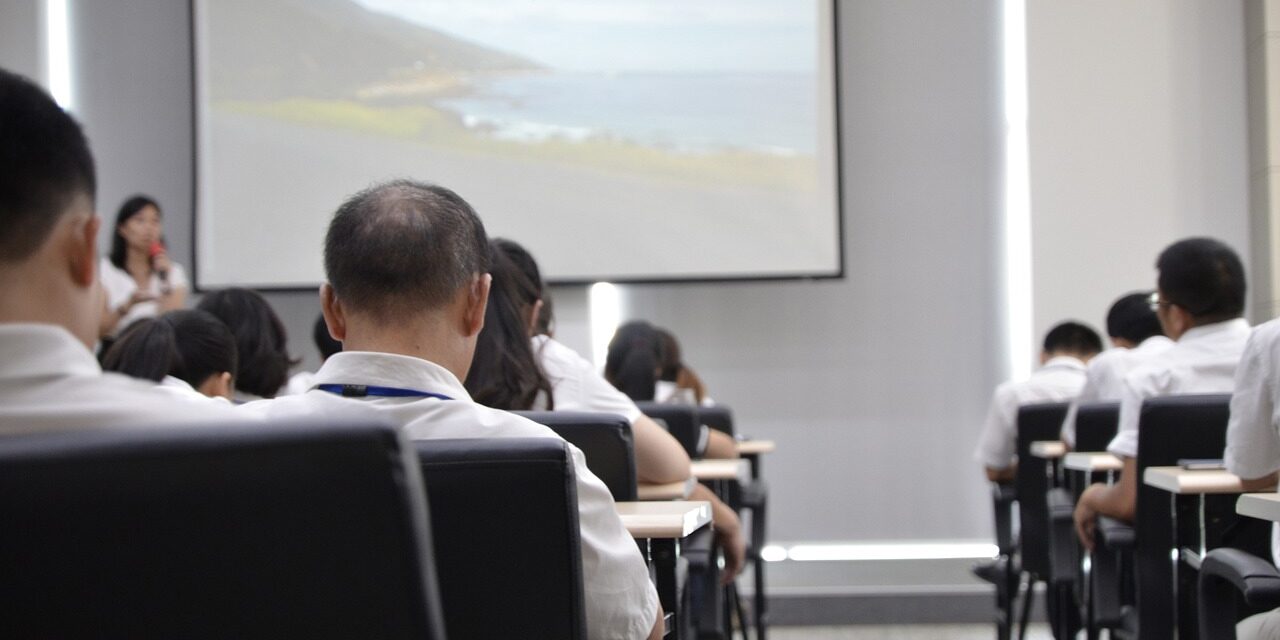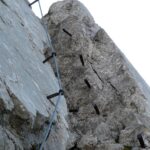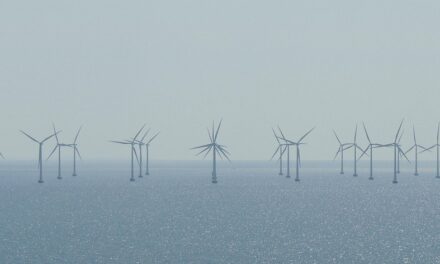Introduction and Climate Adaptation Strategies explained
Introduction, Climate Adaptation Strategies, and more
The Great Salt Lake, once a vibrant sea, is shrinking, jeopardizing wildlife and the delicate ecosystem. Dwindling snowfall and rising temperatures worsen the situation. We can act now to protect this vital resource by conserving water, supporting sustainable practices, and advocating for policies that safeguard the lake’s future.
The Great Salt Lake: A Sea in Trouble
TL;DR The Great Salt Lake is shrinking, and it’s a big problem! Climate change is making it hotter and drier, and we’re using too much water. This hurts wildlife, makes the air bad, and messes with our weather. We need to use water wisely, make farming smarter, and work together to save the lake.
A Balancing Act: The Great Salt Lake’s Water Cycle
Imagine a giant bathtub. The Great Salt Lake is like the water in the tub, and the rivers and snow that feed it are like the faucets. Water from snowmelt in the mountains and rivers flows into the lake, keeping it full. But just like a bathtub, the lake also has a drain. The sun evaporates some of the water, leaving salt behind.
This balance between water flowing in and water evaporating out keeps the lake healthy. But lately, the faucets are getting turned down, and the sun is getting hotter, making the lake shrink.
Dwindling Water: A Growing Problem
Over the years, we’ve been using more and more water for farming, cities, and industries. This means less water is reaching the Great Salt Lake. Climate change is making things worse. The weather is getting hotter and drier, meaning less snow falls in the mountains and more water evaporates from the lake.
This shrinking lake has serious consequences. It’s bad for wildlife, like birds that rely on the lake for food and nesting, and for the plants and animals that live in the lake. It also makes the air dirtier, because dry lakebed dust blows into the air.
Finding Solutions: Rethinking Our Water Use
We need to find ways to use water more wisely, like saving water at home and using it more efficiently in agriculture. Farmers are experimenting with new ways to grow crops that need less water, like drip irrigation.
But we need to do more than just conserve. We need to find ways to send more water to the lake. This might mean changing the way we use water in the state, like making sure enough water gets released from reservoirs.
A Collective Effort: Saving Our Lake
The Great Salt Lake is a vital part of our ecosystem and economy. It’s important that we work together to save it. Groups like the Active Climate Rescue Initiative are already working on solutions. They are researching ways to improve water management and create more sustainable farming practices.
By conserving water, supporting sustainable practices, and advocating for policies that protect the lake, we can help ensure that the Great Salt Lake continues to be a source of life and beauty for generations to come.
Summary: The Great Salt Lake is facing a water shortage crisis due to a combination of climate change and increased water usage. The shrinking lake negatively impacts wildlife, air quality, and weather patterns. To address this, we need to implement water conservation practices, explore innovative irrigation techniques, and support policies that promote sustainable water management. By working together, we can help restore the Great Salt Lake and ensure its future for generations to come.
More on Introduction…
- ## SEO Keywords related to ‘Introduction’ and/or ‘Climate Adaptation Strategies’
- General:
- Climate adaptation
- Climate change adaptation
- Adaptation strategies
- Climate resilience
- Climate action
- Climate mitigation and adaptation
- Sustainability
- Climate risk management
- Climate change impacts
- Environmental sustainability
- Specific:
- Introduction to climate adaptation
- Climate adaptation planning
- Climate adaptation framework
- Climate adaptation policy
- Climate adaptation measures
- Climate adaptation best practices
- Climate change vulnerability assessment
- Climate change impact assessment
- Climate adaptation solutions
- Climate adaptation tools
- Climate adaptation resources
- Climate adaptation case studies
- Sector-Specific:
- Climate adaptation for agriculture
- Climate adaptation for water management
- Climate adaptation for infrastructure
- Climate adaptation for coastal zones
- Climate adaptation for urban planning
- Climate adaptation for public health
- Climate adaptation for biodiversity
- Climate adaptation for business
- Target Audience:
- Climate adaptation for government
- Climate adaptation for businesses
- Climate adaptation for communities
- Climate adaptation for individuals
- Climate adaptation for students
- Other:
- Climate adaptation funding
- Climate adaptation research
- Climate adaptation education
- Climate adaptation communication
- Climate adaptation technology
- Climate adaptation in developing countries
- Climate adaptation in developed countries
- Climate adaptation and disaster risk reduction
- Climate adaptation and sustainable development
- Climate adaptation and the Paris Agreement
- Climate adaptation and the UN Sustainable Development Goals
- Long-Tail Keywords:
- How to develop a climate adaptation strategy
- Best practices for climate adaptation
- Climate adaptation strategies for cities
- Climate adaptation solutions for coastal communities
- Funding opportunities for climate adaptation projects
- Climate adaptation research in [specific region]
- Climate adaptation education programs
- Climate adaptation communication tools
- The role of technology in climate adaptation
- The future of climate adaptation











